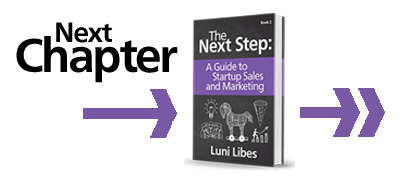The business of business is business.
Is your target customer an “end consumer” of the product or a retail store (or other reseller), who will take your product and resell it to that end consumer? Or is your customer a company, who will use your product or service to operate their business?
The type of marketing efforts you will engage in depend on the answer to this question.
Let’s use Coca-Cola as an example. Coke doesn’t sell its products to the end consumer. Historically, they sold their syrup to bottlers, who then sold cases of bottled soda to retailers, who then sold individual bottles or six-packs of soda to us, the consumers.
Despite Coke being two steps away from consumers, 99% of their marketing was, and is, aimed at consumers. Coke advertises on television, in magazines, online, on billboards, and via sponsorships, all in an effort to drive consumers to order a “Coke” instead of a “Pepsi.”
Meanwhile, some other company sells the empty bottles to Coca-Cola, and another sells Coca-Cola the aluminum cans, and yet another, the high fructose corn syrup. These companies do not advertise their products on television. Their marketing campaigns are not big and flashy but instead targeted to a relatively small numbers of customers. They use so-called “business-to-business” (B2B) marketing tactics. If they run ads, those ads are in trade-specific journals. These companies have booths at trade shows. Their marketing is so small and targeted that few people could name a single company that makes glass bottles or aluminum cans or high fructose corn syrup.
As a startup, whether you sell to consumers or businesses, your resources are so limited that you’ll likely have to use the business-to-business tactics for your first ten to one hundred customers. Thus, the tactics in the rest of this book lean toward that style of marketing.











